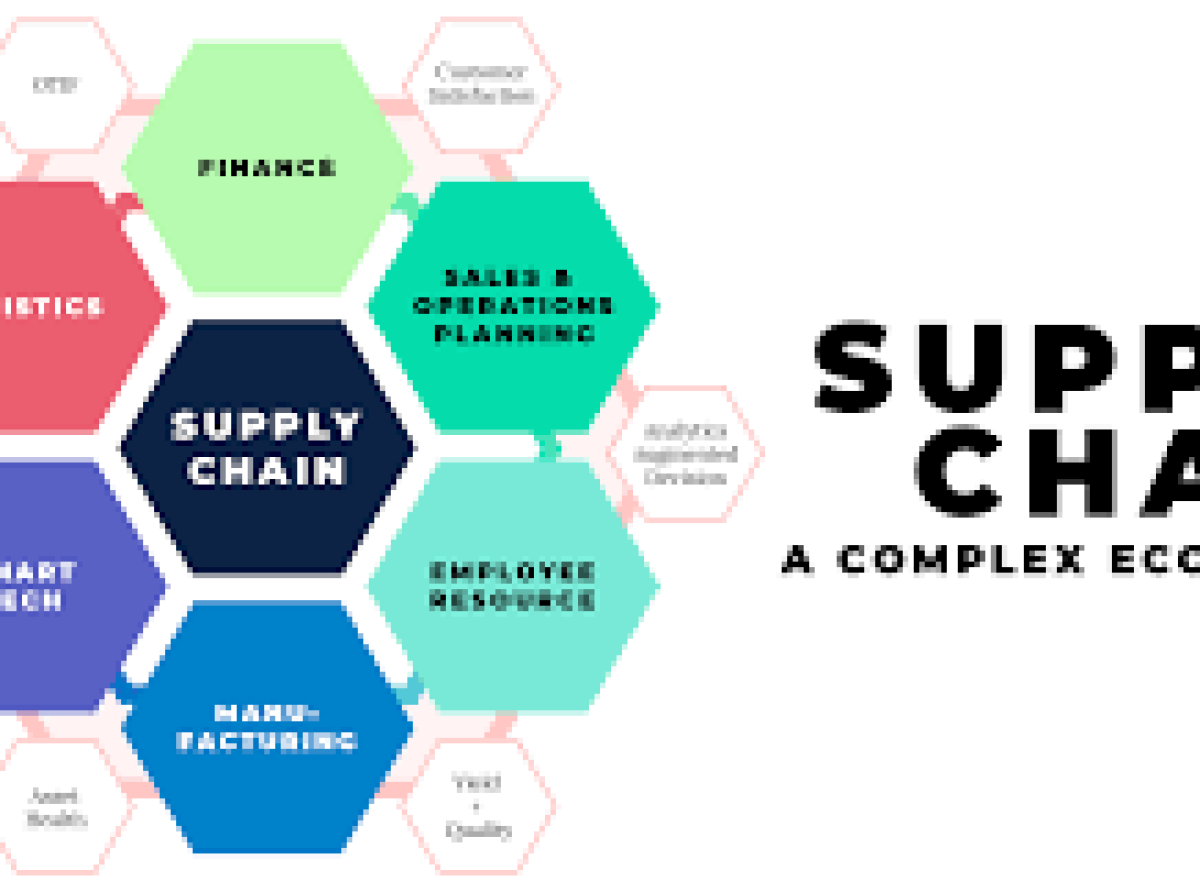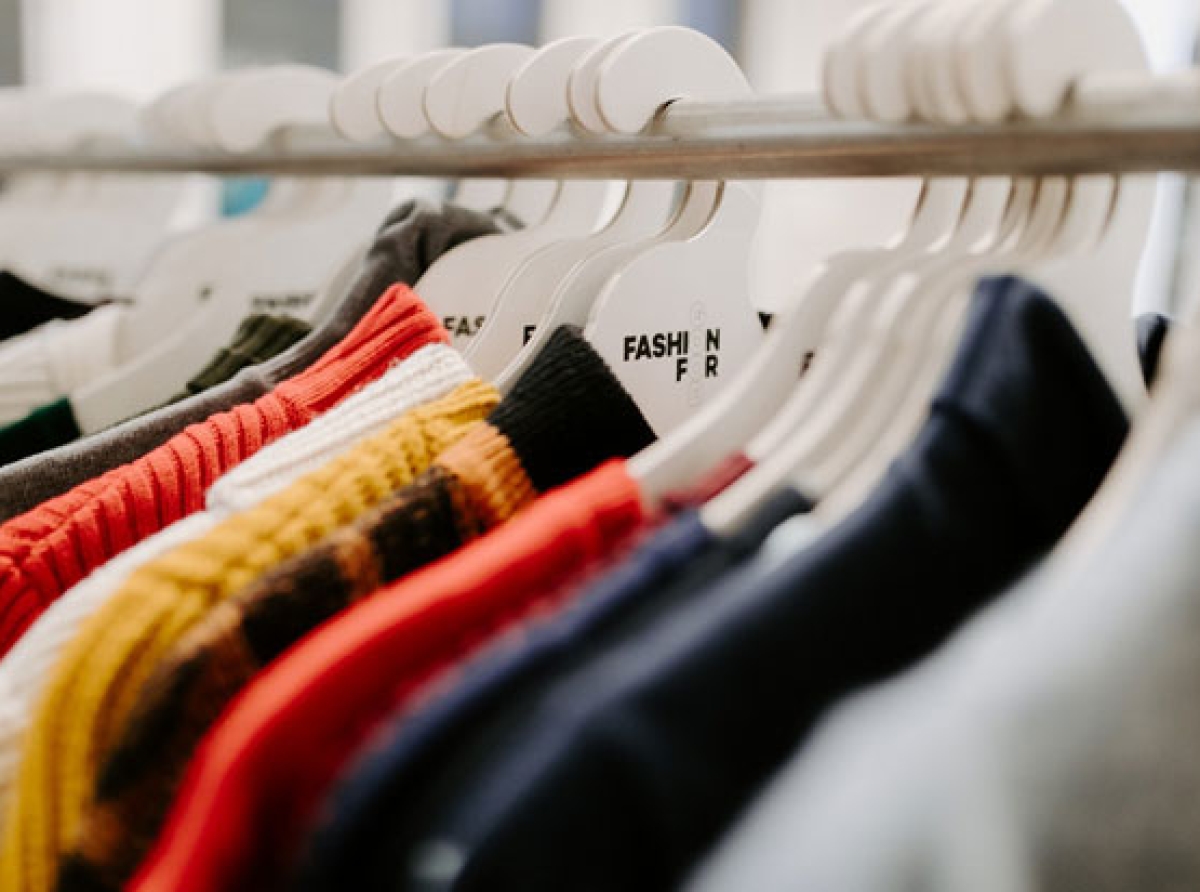Post-Covid World: Realignment of Supply Chain in Textiles & Clothing

29 April 2022, Mumbai:
The entry of Covid-19 has led to huge ups and downs over the past 2-3 years and is still existing. There has been an increase in the market losses, and loads of employees lost their jobs in this pandemic.
It was witnessed after decades and has been a challenging time for everyone across the globe.

ALSO READ CMAI FAB Show: Showcases entire supply chain solutions under one roof
There has been a considerable drop in the textile and apparel industry sales, and it has been complicated for them to get back on track. The market has changed magnanimously, and the dynamics have not been restored yet.
There has been a massive load of work on the organizations to bring the supply chain back on track.
The industries with the most globalized operations, especially those that rely on Chinese inputs for manufacturing, were the most vulnerable to COVID-19's early supply chain disruption. Precision devices, machinery, automobiles, and communication equipment were all affected.

RELEVANT NEWS SupplyCompass, UK to bolster supply chains onboarding '5,000 Indian Fashion Brands'
The fashion sector confronts enormous dangers due to its non-essential character. Indeed, as a result of COVID-19, customers worldwide are no longer in need of new items. This sector is characterized by a worldwide supply chain that is highly interconnected.
Because of the industry's globalization, firms and retailers must move their goods and raw materials across many nations. Other nations, in addition to China, play a crucial role as main hubs for fashion goods commerce.

RELEVANT NEWS Texprocess Americas: SEAMS Supply Chain USA Pavilion
This is true for the United States, the largest retail market, and several European nations with ports like Rotterdam and Antwerp playing a pivotal role in this commerce.
Clothing collections often fluctuate since their lifecycles are brief, and prominent seasonal peaks mark their commercialization. Textile logistics, in this sense, is characterized by minimal inventories and short delivery periods.
The COVID-19 epidemic has thrown up many questions, forcing clothing and textile (C&T) firms to reconsider their current processes and make immediate adjustments to manage their future.
_large.jpeg)
RELEVANT NEWS
This study intends to show new possibilities in the C&T value chain by assessing various industry solutions. This era represents an exceptional market circumstance with practically no prior research on how the industry might recover from such a crisis and rearrange its value chain.
Regular business operations have been seriously harmed due to a lack of customer demand or the threat of a significant decline in order.
Even though several nations have reopened physical retail establishments, which accounted for 80% of all fashion sales, customers are still wary of virus-spreading crowds and prefer to avoid in-person interaction.
Fashion has become an afterthought as everyone's attention has been obtaining vital supplies to survive the lockdown.

To conclude, the clothing and apparel industry has witnessed an unprecedented condition during this pandemic. It has not been that easy to cope with this situation and regain the supply chain position.
Realignment of the supply chain will take some time, especially for getting back all the needed positioning and profits, hoping that we will get over the pandemic soon and that everything will go back to normal.
Join our community on Linkedin
























